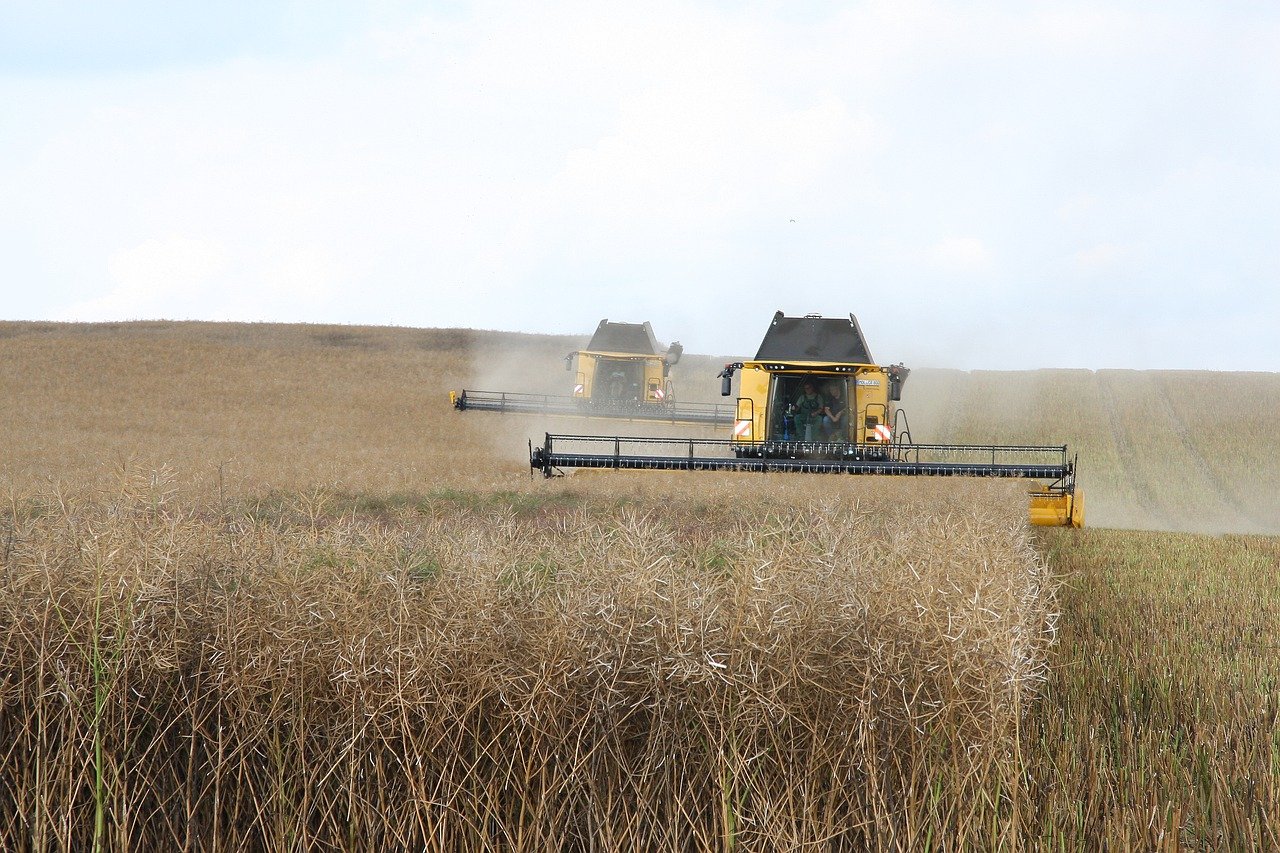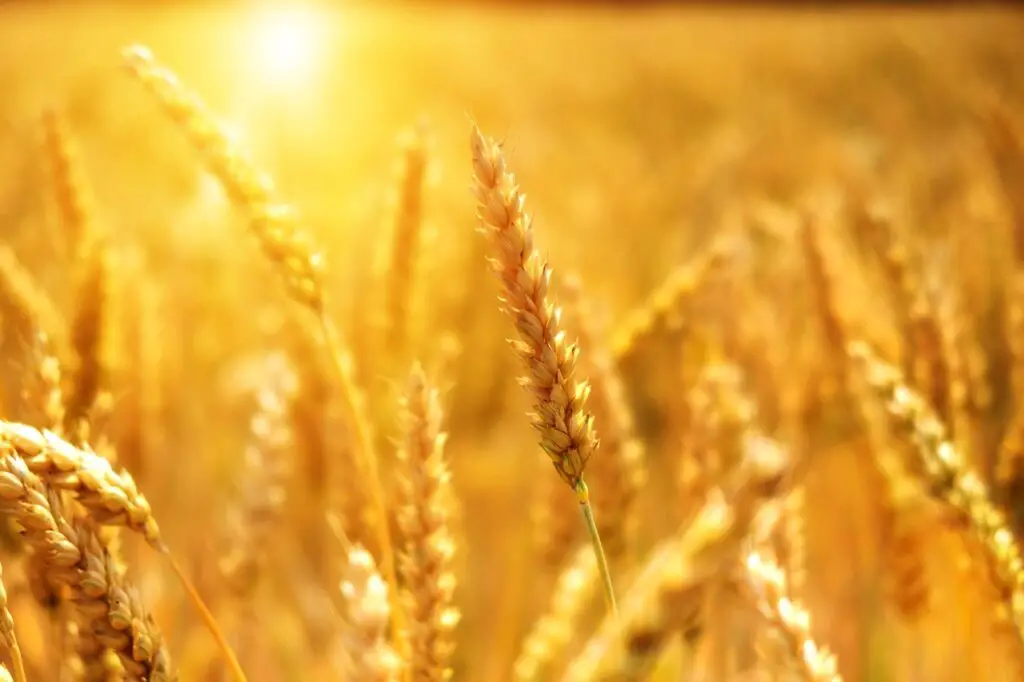This post may contain affiliate links which means I may receive a commission for purchases made through links. Learn more on my Private Policy page.
Welcome to an exciting journey into the world of maximizing crop yield through proper irrigation system management! In this article, you will learn the importance of efficient water distribution, timing, and monitoring in order to optimize your crop production. By implementing the right irrigation strategies, you can ensure that your plants receive the necessary moisture for healthy growth and higher yields. Get ready to take your farming practices to the next level and reap the benefits of a well-managed irrigation system! Have you ever wondered how to make the most out of your crops through proper irrigation system management? Well, look no further! In this article, you will learn valuable tips and strategies on how to maximize your crop yield by effectively managing your irrigation system. Let’s dive in and explore the world of efficient crop irrigation together!

Understanding Different Types of Irrigation Systems
When it comes to maximizing crop yield, having the right irrigation system in place is crucial. There are several types of irrigation systems available, each with its own set of advantages and disadvantages. From traditional surface irrigation to modern drip irrigation, it’s essential to understand the differences between them to choose the best option for your crops.
Surface Irrigation
Surface irrigation is one of the most common methods used by farmers for centuries. This traditional form of irrigation involves flooding the fields with water, allowing it to gradually seep into the soil. While surface irrigation is simple and inexpensive, it can lead to water wastage and uneven distribution, affecting crop growth and yield.
When considering surface irrigation for your crops, it’s essential to carefully monitor the water flow and ensure proper field leveling to prevent waterlogging and runoff. Additionally, periodic maintenance of the irrigation channels is necessary to avoid blockages and ensure consistent water distribution across the field.
Sprinkler Irrigation
Sprinkler irrigation is another popular choice for crop irrigation, especially in areas with limited water availability or uneven terrain. This system involves spraying water over the crops using sprinklers, mimicking natural rainfall. While sprinkler irrigation is more efficient than surface irrigation in terms of water conservation, it can be prone to evaporation losses and wind drift.
To maximize crop yield with sprinkler irrigation, it’s crucial to adjust the sprinkler heads to ensure uniform water coverage and avoid overwatering or underwatering. Regular inspection of the system for leaks, clogs, and malfunctions is also necessary to maintain optimal water distribution and prevent crop stress.
Drip Irrigation
Drip irrigation is considered one of the most efficient and water-saving irrigation systems available today. This method involves delivering water directly to the root zone of plants through a network of tubes and emitters, minimizing water loss due to evaporation and runoff. While drip irrigation requires an initial investment, it can significantly increase crop yield and quality while conserving water resources.
To maximize crop yield with drip irrigation, it’s essential to design a well-balanced system that meets the water needs of different crops and soil types. Regular monitoring of the system for leaks, clogs, and pressure fluctuations is necessary to ensure consistent water delivery and optimal plant growth. Additionally, proper maintenance of filters and emitters is crucial to prevent blockages and ensure the longevity of the system.
Factors to Consider When Managing an Irrigation System
Effective irrigation system management goes beyond choosing the right system; it involves understanding various factors that influence crop water requirements and growth. By considering these factors and implementing proper irrigation practices, you can optimize crop yield and quality while conserving water resources.
Crop Type and Growth Stage
Different crops have varying water requirements depending on their type and growth stage. Understanding the specific water needs of your crops is essential to avoid overwatering or underwatering, which can lead to yield losses and nutrient deficiencies. By adjusting the irrigation schedule and duration based on the crop type and growth stage, you can ensure optimal water supply and promote healthy plant growth.
Soil Type and Composition
Soil plays a crucial role in water retention, drainage, and nutrient availability for plants. By knowing the soil type and composition of your field, you can determine the irrigation frequency and rate needed to maintain proper moisture levels for crop growth. Sandy soils require more frequent watering due to their fast drainage, while clay soils retain water longer, requiring less frequent irrigation.
Climate and Weather Conditions
Climate and weather conditions play a significant role in determining crop water requirements and irrigation scheduling. Hot and arid regions may require more frequent watering to compensate for high evaporation rates, while humid regions may need less irrigation due to natural rainfall. By monitoring weather forecasts and evapotranspiration rates, you can adjust your irrigation schedule accordingly to meet the crop’s water needs while conserving water resources.
Water Quality and Availability
The quality and availability of water for irrigation are critical factors that can impact crop yield and soil health. Poor-quality water containing high levels of salts or toxins can harm plant growth and lead to nutrient imbalances, affecting crop yield. By testing the water quality and treating it if necessary, you can ensure optimal plant health and productivity. Additionally, water scarcity or restrictions may require implementing water-saving practices such as drip irrigation or rainwater harvesting to maximize crop yield while conserving water resources.

Best Practices for Maximizing Crop Yield with Proper Irrigation System Management
Now that you understand the different types of irrigation systems and factors to consider when managing an irrigation system, it’s time to explore some best practices to maximize crop yield effectively. By implementing these strategies and techniques, you can ensure optimal water supply, nutrient uptake, and plant growth, leading to higher crop yield and quality.
Develop an Irrigation Plan
Before planting your crops, it’s essential to develop a detailed irrigation plan that outlines the water requirements, irrigation schedule, and system layout. By considering the crop type, soil conditions, and climate factors, you can tailor your irrigation plan to meet the specific needs of your crops while conserving water resources. Be sure to include contingency measures for unexpected weather events or system failures to minimize crop losses and maintain productivity.
Monitor Soil Moisture Levels
Regular monitoring of soil moisture levels is crucial for assessing the water status of the crops and determining the irrigation timing and duration. By using soil moisture sensors or manual methods like the feel and appearance of the soil, you can avoid overwatering or underwatering your crops, leading to yield reductions and nutrient deficiencies. Adjust the irrigation schedule based on the soil moisture readings to ensure optimal water supply and promote healthy plant growth.
Practice Water-Efficient Irrigation Techniques
Water-efficient irrigation techniques such as drip irrigation, mulching, and furrow irrigation can help reduce water wastage and increase crop yield. Drip irrigation delivers water directly to the root zone of plants, minimizing evaporation and runoff losses. Mulching helps retain soil moisture and suppress weeds, reducing the need for frequent watering. Furrow irrigation uses shallow channels to deliver water to the crops, ensuring uniform distribution and maximizing water use efficiency.
Implement Crop Rotation and Cover Cropping
Crop rotation and cover cropping are sustainable practices that can improve soil health, nutrient availability, and water retention for crops. By rotating crops each season, you can break pest and disease cycles, replenish soil nutrients, and reduce water stress on the soil. Cover cropping involves planting non-harvested crops or grasses between cash crops to protect the soil, suppress weeds, and enhance organic matter content. These practices can help maximize crop yield and quality while promoting long-term sustainability and resilience in your farming system.
Maintain and Repair Irrigation System Regularly
Proper maintenance and timely repair of your irrigation system are essential for ensuring optimal water delivery and plant growth. Regularly inspecting the system for leaks, clogs, and malfunctions can prevent water losses and damage to crops. Cleaning filters, adjusting sprinkler heads, and lubricating moving parts are necessary to maintain the system’s efficiency and longevity. By investing in routine maintenance and repairs, you can maximize crop yield and minimize water wastage, leading to sustainable farming practices and environmental stewardship.
In conclusion, maximizing crop yield with proper irrigation system management requires a combination of factors, including selecting the right system, understanding crop water requirements, and implementing best practices. By considering different irrigation options, monitoring soil moisture levels, and practicing water-efficient techniques, you can optimize water use, conserve resources, and increase crop productivity. With careful planning, regular maintenance, and sustainable practices, you can achieve higher crop yields and quality while maintaining a healthy farming environment for future generations to come. Happy farming!

This post may contain affiliate links which means I may receive a commission for purchases made through links. Learn more on my Private Policy page.
